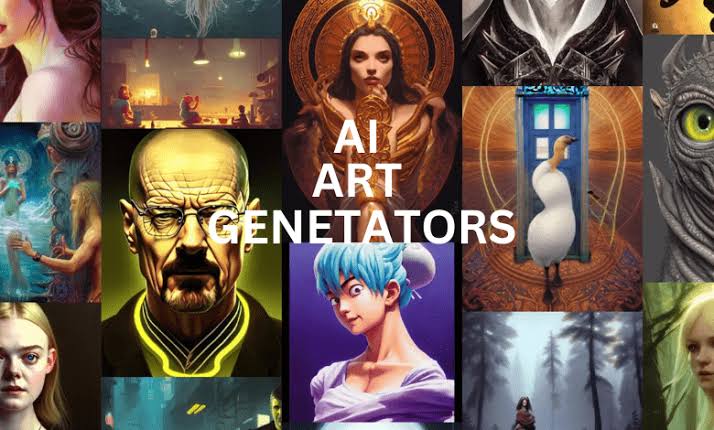
Introduction to AI-generated art
The dawn of artificial intelligence (AI) has sparked a new era of creativity, pushing the boundaries of artistic expression in unprecedented ways. AI art free generated represents a bold departure from traditional artistic practices, offering a glimpse into the limitless possibilities of machine-driven creativity.
The concept of free expression
At its core, AI-generated art embodies the concept of free expression, challenging established norms and conventions in the art world. By harnessing the power of AI algorithms, artists can explore new avenues of creativity and push the boundaries of what is considered possible in the realm of art.
Evolution of AI in art creation
Over the years, AI has evolved from a mere tool to a powerful collaborator in the artistic process. Through machine learning algorithms and neural networks, AI systems can analyze vast datasets of artistic works and generate new artworks that defy traditional categorization.
Advantages of AI-generated art
Breaking artistic boundaries
One of the most significant advantages of AI-generated art is its ability to break artistic boundaries and explore uncharted territories of creativity. By leveraging AI algorithms, artists can experiment with new styles, techniques, and concepts that may have been inaccessible or unimaginable before.
Accessibility and inclusivity
AI-generated art also has the potential to make art more accessible and inclusive by removing barriers to entry. With the proliferation of AI tools and platforms, aspiring artists from diverse backgrounds can unleash their creativity without the need for specialized training or resources.
Amplifying creativity
Moreover, AI-generated art amplifies creativity by providing artists with new tools and techniques to express themselves. Whether through algorithmic painting, generative music, or interactive installations, AI opens up a world of possibilities for artists to explore and experiment with.
Challenges and controversies
However, the rise of AI-generated art is not without its challenges and controversies.
Authenticity and originality
A central concern surrounding AI-generated art is its authenticity and originality. Critics argue that AI artworks lack the emotional depth and human touch that define traditional art forms, raising questions about the true nature of creativity in the age of AI.
Impact on traditional artistic practices
There are also concerns about the impact of AI-generated art on traditional artistic practices and livelihoods. Some fear that AI could disrupt established artistic norms and industries, leading to job displacement and cultural homogenization.
Ethical considerations
Ethical considerations loom large in the realm of AI-generated art, particularly regarding issues of authorship, ownership, and bias. As AI becomes more prevalent in the art world, addressing these ethical concerns will be essential to ensuring responsible and equitable artistic practices.
Acceptance and recognition in the art world
Despite these challenges, AI-generated art is gaining acceptance and recognition in the art world. Art institutions and galleries are embracing AI as a medium for artistic exploration and experimentation, hosting exhibitions and events that showcase the diversity and innovation of AI-generated artworks.
Notable examples of AI-generated art
From surreal landscapes to abstract compositions, AI-generated art spans a wide spectrum of styles and genres. Notable examples include "Edmond de Belamy" by the art collective Obvious and "Portrait of Edmond de Belamy" by the artist Mario Klingemann, both of which have garnered widespread attention and acclaim.
Criticisms and skepticism
Nevertheless, criticisms and skepticism persist. Some argue that AI-generated art lacks soul and authenticity, while others question its long-term cultural and aesthetic significance. The debate over the role of AI in art continues to evolve, shaping the future of creativity and innovation.
Collaboration between human artists and AI
In this evolving landscape, collaboration between human artists and AI holds immense potential for transformative artistic experiences. By harnessing the complementary strengths of human creativity and AI innovation, artists can push the boundaries of artistic expression and create works that resonate on a deeper level with audiences.
Future possibilities and innovations
Looking ahead, the future of AI-generated art is brimming with possibilities and innovations. As AI technology continues to advance, we can expect to see even greater experimentation and exploration in the realm of art, blurring the lines between human and machine creativity in unprecedented ways.
Conclusion
In conclusion, AI-generated art represents a bold leap into the unknown, challenging traditional notions of creativity and artistic expression. By breaking rules and embracing innovation, AI art is reshaping the landscape of art and pushing the boundaries of what is possible in the realm of human imagination.
FAQs
What is AI-generated art?
|